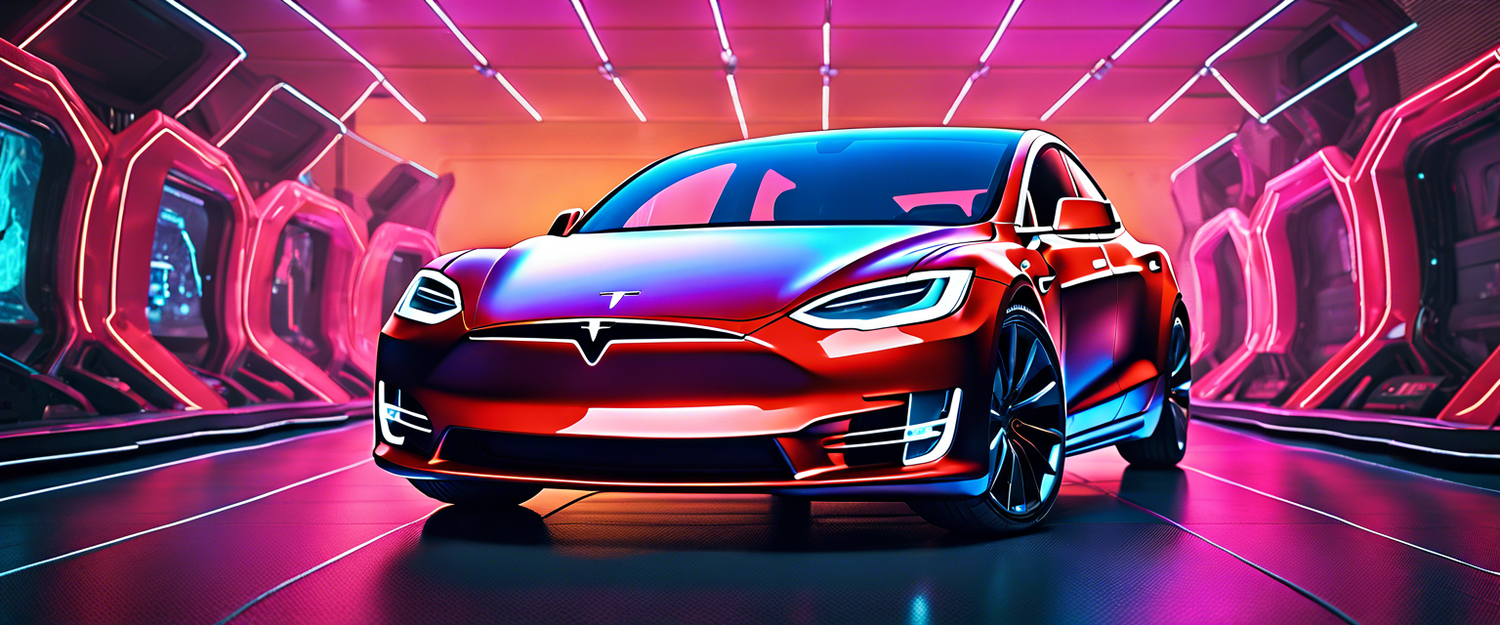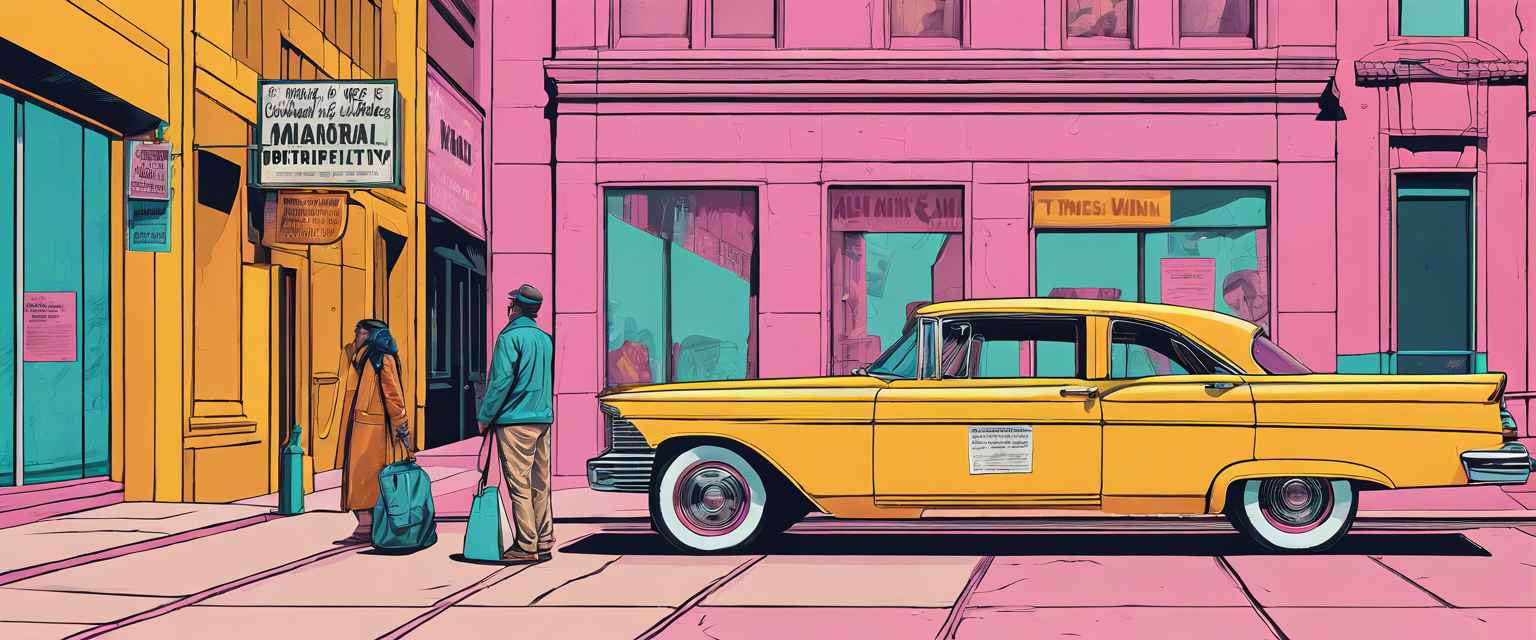The Future of Autonomous Vehicles: Insights from Tesla's "We, Robot" Event
Tesla CEO Elon Musk had an opportunity during the recent "We, Robot" event to address significant questions surrounding the company's Full Self-Driving (FSD) feature. With mounting concerns from experts and critics alike, many anticipated Musk would provide more than just flashy presentations and promises for the future. Instead, attendees were treated to a spectacle that, while eye-catching, fell short on critical details about the safety and functionality of Tesla's autonomous technology.
Missed Opportunities at the Event
During the event, Musk had a chance to:
- Release compelling safety data for Full Self-Driving, which has been criticized based on crowdsourced reports.
- Introduce the Cybercab — a two-seater vehicle with advanced features — as a geofenced, Level 4 driverless fleet, complete with financial projections.
- Detail the technology stack behind the Cybercab, potentially including a shift towards lidar technology for enhanced safety.
Instead, the event focused on stimulating excitement with artistic displays and food, highlighting prototypes without substantial evidence of progress.
Expert Opinions and Reactions
Industry experts and attendees had mixed reactions to the event. Phil Koopman, an expert in autonomous vehicles from Carnegie Mellon, noted the distinction between prototype hardware and production-ready solutions, emphasizing that software remains the greatest challenge in achieving fully autonomous driving.
Despite the buzz generated by the event, the long-standing skepticism about timelines and capabilities in autonomous driving was palpable. Promises made in 2016 regarding Full Self-Driving technology being “just two years away” had become a weary refrain.
Promises for Full Autonomy: Are They Feasible?
Musk's ambitions to launch fully autonomous driving in California and Texas next year remain optimistic. However, the practical issues surrounding regulatory approval and liability become significant roadblocks. Currently, Tesla still must:
- Obtain a permit from the California DMV to operate fully autonomous vehicles.
- Address liability issues related to incidents that occur with driverless vehicles.
- Implement a remote assistance strategy for vehicles that become disengaged or require help.
These challenges illustrate the complexity and risks inherent in the push for autonomous technology.
The Unresolved Issues
Musk's event failed to provide clarity on various critical challenges:
- Regulatory Approval: Demonstrating safety and obtaining necessary permits are crucial for operating autonomous vehicles on public roads.
- Liability Concerns: Resolving who is accountable for accidents involving driverless cars is a significant legal hurdle.
- Remote Assistance Protocols: A plan for assisting vehicles that are stuck or malfunctioning needs to be established.
- Emergency Detection: Addressing how autonomous vehicles react to unpredicted scenarios is vital for passenger safety.
A more in-depth discussion about these matters could have provided valuable insights rather than the stunning visuals displayed.
The Road Ahead
As Tesla continues to navigate the complexities of automation, it remains critical for the company to engage transparently with its audience. With skepticism surrounding Musk's promises, providing detailed information and addressing the profound challenges will be key to gaining public and regulatory trust.
Conclusion
The "We, Robot" event showcased the potential excitement surrounding Tesla's vision for the future of autonomous driving. However, without concrete data, resolutions to existing concerns, and a clear roadmap to achieving that vision, many remain doubtful about the feasibility of Musk's promises. As the industry evolves, staying informed and holding companies accountable will be essential for ensuring safe technological advancements.



댓글 남기기
모든 댓글은 게시 전 검토됩니다.
이 사이트는 hCaptcha에 의해 보호되며, hCaptcha의 개인 정보 보호 정책 과 서비스 약관 이 적용됩니다.